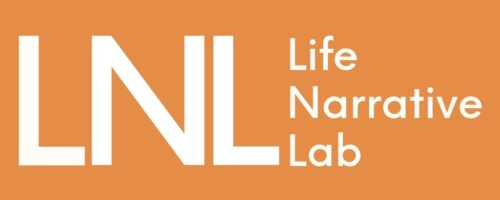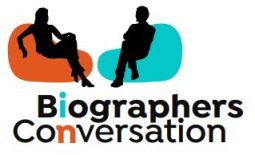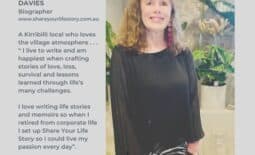Life Narrative Lab talk
Life narrative of a scientist
On 2 November I’m speaking about narrative strategy in biography at the annual Life Narrative Lab mini-conference.
Richard Holmes, who wrote the biography of scientists from the eighteenth-century romantic age of science who laid the foundations for modern science, suggests today’s readers want to read about scientific work as part of a life story, and that biographies of scientists can be suspenseful and electrifying. ‘A detective story, perhaps; a mystery story… but always a story of human lives’.
Holmes encourages biographers to bring the story of a scientist or doctor to life by sharing with readers what makes each scientist tick, and ‘what set them ticking’.[1]
Also vital is capturing scientific passion, the essence of wonder and its centrality in the life of a researcher because it’s what drives so much scientific endeavour.
Life narrative approach in Breaking through the pain barrier
According to Richard Holmes, readers of science biographies long to experience ‘adventures of the human spirit’ that show what drives scientists to make discoveries. Also, how they deal with uncertainty, dead-ends and mistakes. Contemporary readers are also curious about psychological and social interpretations of scientists’ lives and non-scientific aspects such as love, religion and politics.’
This is the approach I adopted in Breaking through the pain barrier. The extraordinary life of Dr Michael J. Cousins, the biography of Australia’s father of pain medicine. It involved a process of trial and error and a myriad of choices about structure, narrative voice, point of view, language, rhythm, pace and interpretation, to name a few.
It also involved deciding which quotes, anecdotes, revelatory incidents, conversations and descriptions to include.[2]
Other vital decisions were how to frame the biography, the questions I sought to answer, and how I wanted the reader to experience the book.
Structure of a life narrative
Today’s biographers have considerable freedom about how they structure the narrative, and I spent months trialling various approaches.
Some of the key choices were whether to paint a traditional cradle-to-grave portrait that ‘followed the ticking of the clock’, whether to begin at the end and work backwards, or whether to structure the narrative by themes.
At its core, Breaking through the pain barrier is a ‘hero’s quest’[1] and my task was to ‘get Michael Cousins from the beginning of his quest to a significant endpoint,’ — despite the ‘villains’[2] —which in his case included political and professional inertia, the attempts of opponents to thwart his efforts, and a continual lack of funding for pain services and research.
After many months of experimentation, I decided to start with a prologue that described the inciting incident, which was Michael’s inability to control the pain of two burned boys after they were burned in a cracker night bonfire in 1964.
Then I progressed chronologically, structuring the narrative around pivotal moments and turning points in his journey.
Rather than including chapters on his childhood, I used backstory to show how his childhood and upbringing influenced him.
Life narrative: finding your authorial voice
One of my goals was to help readers feel Michael’s passion for pain medicine, and experience his struggles, Eureka moments and disappointments.
But to my horror, members of my writing group said all they could feel was boredom because the draft manuscript read like an encyclopaedia!
They suggested I find my narrative voice rather than writing in Michael’s academic voice.
While I had a vague understanding of narrative voice, I couldn’t grasp its essence in a practical sense or how to change it.
Hoping they could guide me, I turned to the writing community for inspiration.
Over several months, I read a mountain of biographies and books about the art and craft of biography, and I spoke with biographers around the world. I also re-read the books of authors with a distinctive voice such as Helen Garner, Virginia Woolf and Lytton Strachey.
While this taught me a lot about narrative voice, I still wasn’t sure how to let mine shine through.
I wondered whether reading the manuscript into an iPhone, recording it, then listening to it, might help.
So that’s what I did.
Starting on page one, I read every paragraph into my iPhone, listened to it, then edited the text. After re-recording each paragraph, I reviewed it then repeated the process until the manuscript reflected my voice rather than Michael’s.
Still, I knew a subject’s vocabulary and speech patterns illuminate character, so I weaved the most revealing of Michael’s remarks and the way he expressed himself into the narrative without it being overpowering.
Life narrative feeds on detail
Something I learned from literary scholars was that biography, like fiction, feeds on detail.’[3]
But it’s much more than simply reciting a succession of facts and dates and involves adding the little details, especially human detail that allows you as a reader to enter the story.[4]
One way I tried to help readers get inside Michael’s experiences was to borrow the novelists’ tool of creating vivid scenes filled with sensory details such as sounds, sights and smells.
I wanted readers to feel what he was feeling particularly his desperation to improve pain management despite the many obstacles littering his path.
This involved manipulating the rhythm of sentences, paragraphs and chapters to infuse them a feeling of desperation and frustration.
It also involved manipulating the pace at pivotal moments in the story.
Pretending I was a film-maker, I slowed the pace and created close-up shots, emphasising words, events and actions that had significance. This enabled me to create conflict, build suspense and heighten dramatic moments, all the while intensifying the feeling of desperation.
In re-creating scenes from his past, I stuck to the facts because facts and truth are the bedrock of biography and differentiate it from fiction.[5]
Life narrative: Facts vs fiction
Virginia Woolf said that one condition imposed on biographers is their reliance on facts: ‘Facts that can be verified by other people,’ she wrote in an essay.[6] However, Woolf insists a biographer’s ‘truth must be alive and on tiptoe’ because the facts of a life are not static like the ‘facts of science,’ and change with the times.
While gaps in the historical record call for biographers to use their imagination to reconstruct a life, they do this from an in-depth understanding of a life and the times based on documentary evidence, the type of historical material found in archives and libraries.[7]
Still, some biographers suggest the the act of writing biography is stalked by the temptation to embroider, to fill in the gaps with invention and orchestrate dramatic moments. ’[8]
This temptation to embroider was ever-present for me because of the pandemic, which stopped me from walking in Michael’s footsteps and immersing myself in the sights, sounds, smells and vibe of important places in his life.
COVID forced me to cancel my research trip in 2020 to North American universities where Michael worked with the early pioneers of pain medicine. It also stopped me from researching extensive pain medicine archives at the University of California that are full of letters, minutes of meetings and other material that give a glimpse of the young Michael starting out in his career.
It left me feeling frustrated I couldn’t experience places that profoundly influenced his journey and concerned I’d missed vital clues to better understanding and portraying him.
This approach wasn’t ideal but now our international borders have re-opened, I’m visiting Stanford, McGill and Oxford universities next year and will include my insights into the reworked version of the biography I’m submitting for my doctorate
In closing, settling on the narrative strategy for Breaking through the pain barrier involved countless choices and much experimentation, followed by an analysis of the outcome of making each choice and reworking the narrative when necessary.
My key learning from this process is that it’s okay to try an approach, assess its impact, finesse it, or replace it with an alternative option.
I took comfort from Virginia Woolf’s admission that one of her letters to The Times went through 27 drafts! So did Kate Grenville’s biography of her mother, Nance Russell.
While writing a biography involves many choices that might seem overwhelming at first, making them is tremendously exciting.
Writing a biography is a privilege and enables the biographer and reader to better understand themself and the human condition.
It’s also exhilarating, especially when you uncover the missing gold nuggets that unlock the meaning of a life.
References
[1] Vladimir Iakovlevich Propp, Morphology of the Folktale, vol. 9 (University of Texas Press, 1968).
[2] Greene, “Writing Scientific Biography,” p 740.
[3] Hamilton and Renders, The ABC of Modern Biography, p 28.
[4] Nigel. Hamilton, A talk with the master biographer Nigel Hamilton, podcast audio, A Life in Biography, https://podcasts.apple.com/us/podcast/a-talk-with-master-biographer-nigel-hamilton/id1508239647?i=1000558460857. Accessed 22 May 2022.
[5] Edel, Writing Lives. Principia Biographica p 13.
[6] Woolf and Woolf, The Death of the Moth, And Other Essays, by Virginia Woolf, p 192.
[7] Caine, Biography and history, p 110-11.
[8] Brian Ernest Matthews, Louisa (University of Queensland Press (Australia), 1998), p 6-7.
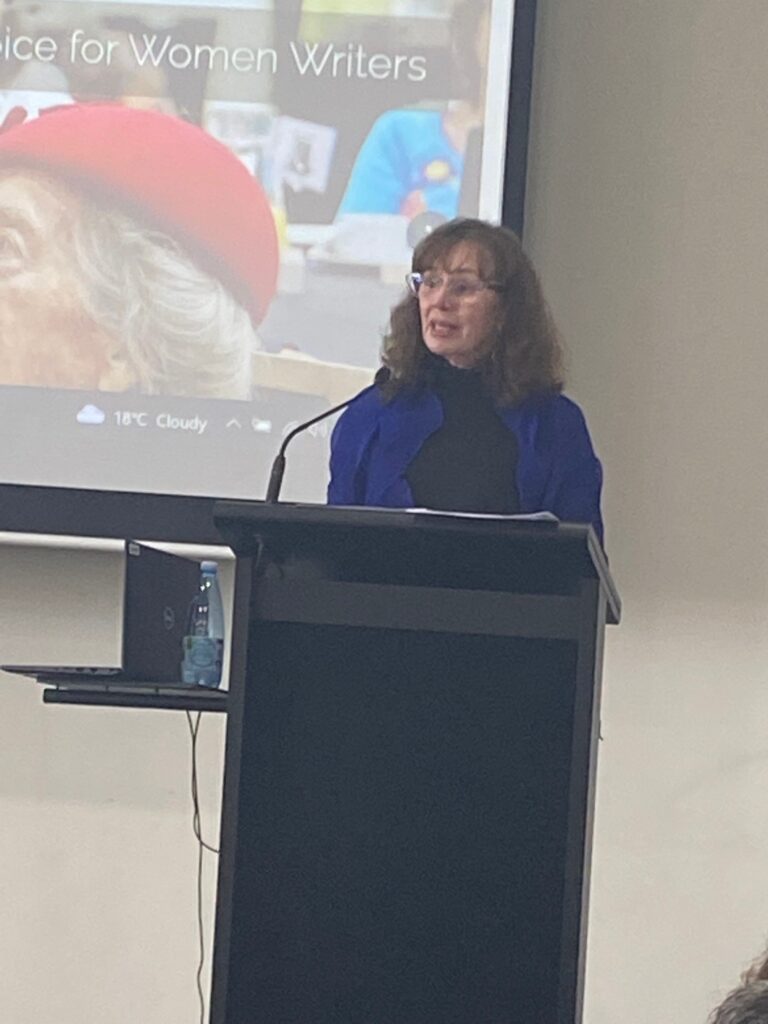
[1] Richard Holmes, “The scientist within,” Nature 489 (2012): p 499.
[2] Hermione H. Lee, Biography. A very short introduction. (New York: Oxford University Press, 2009), p15.

